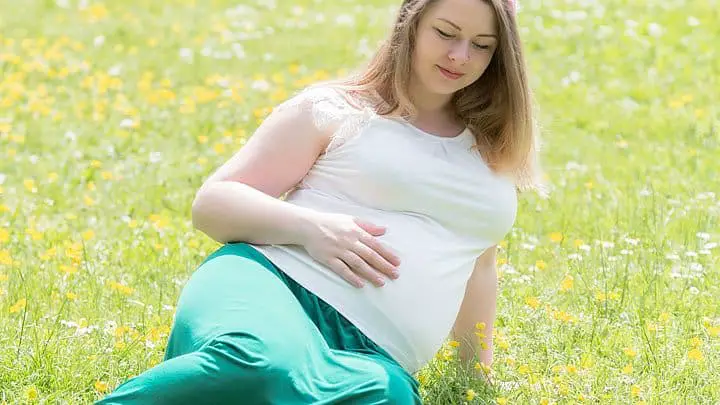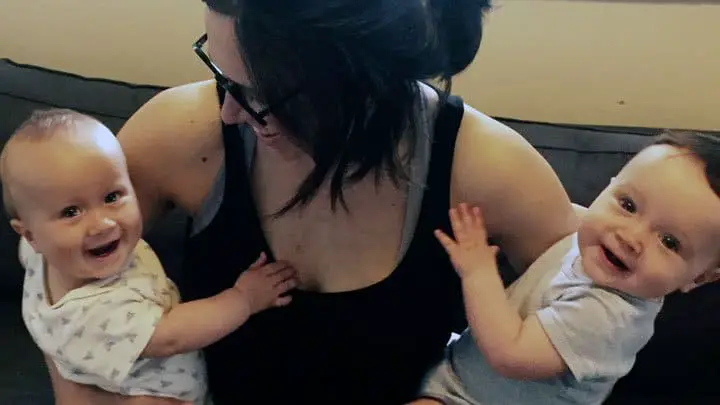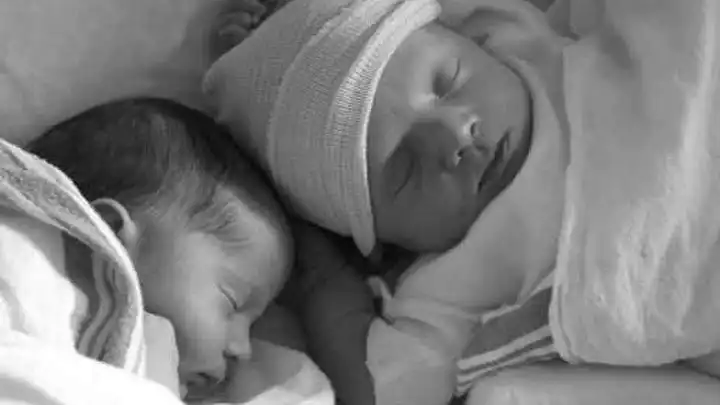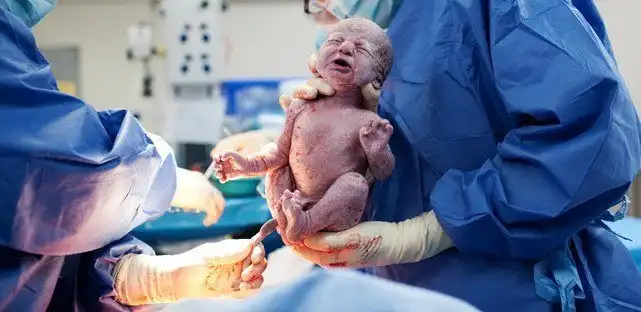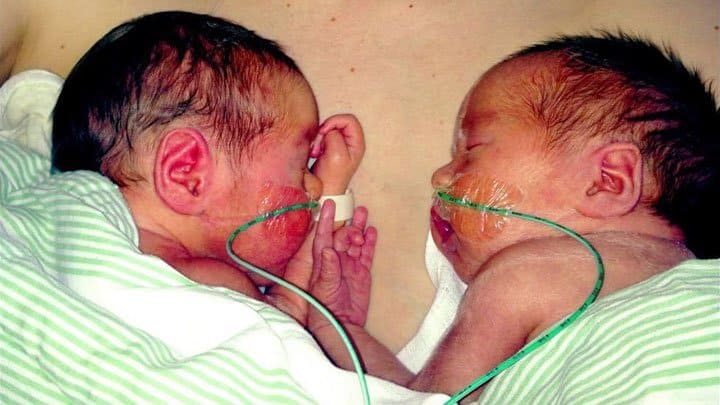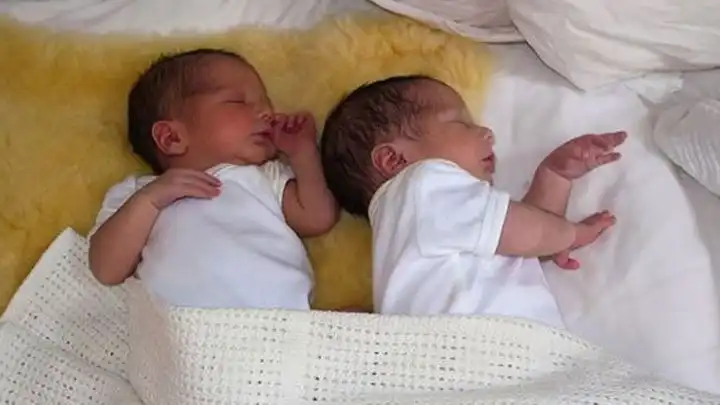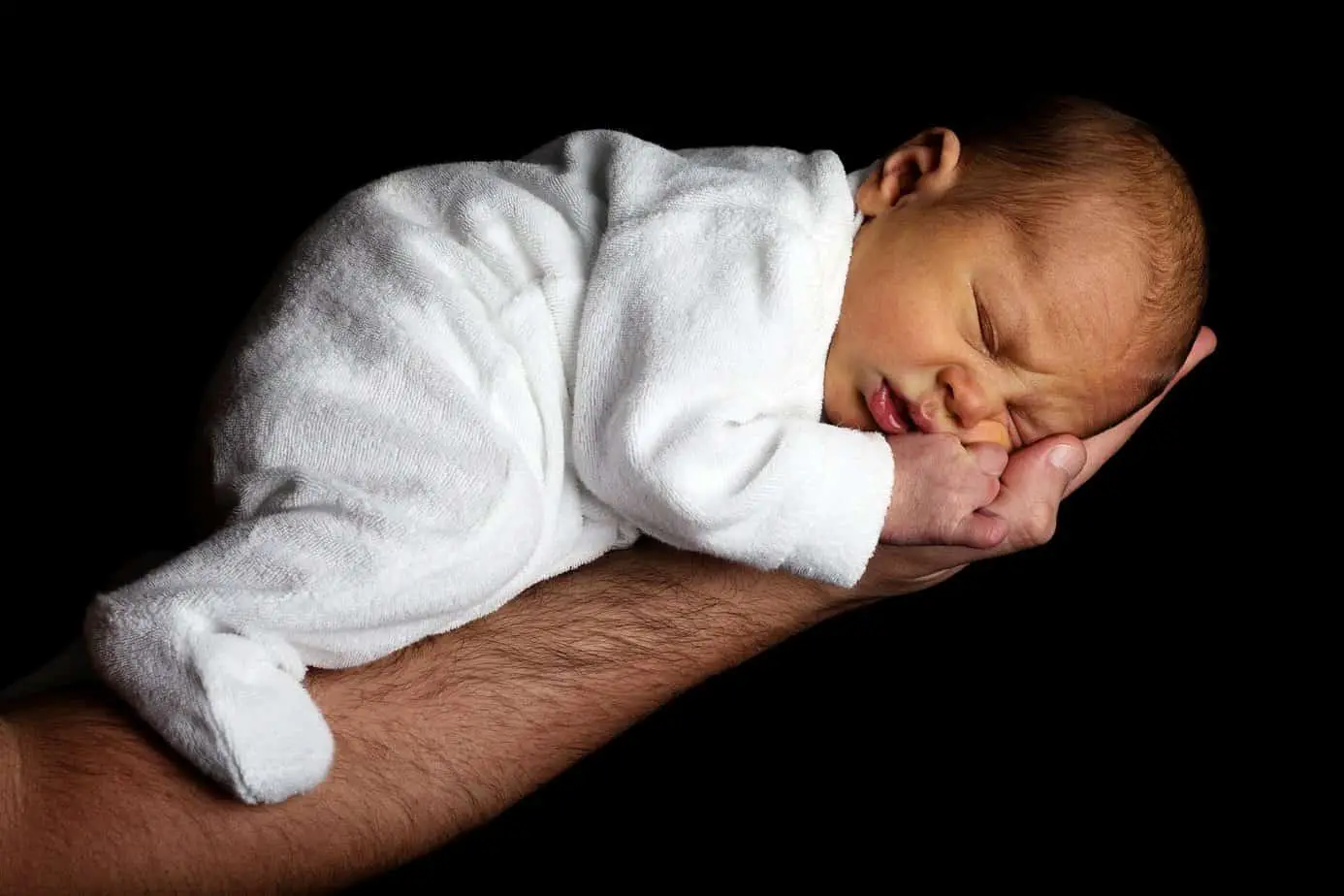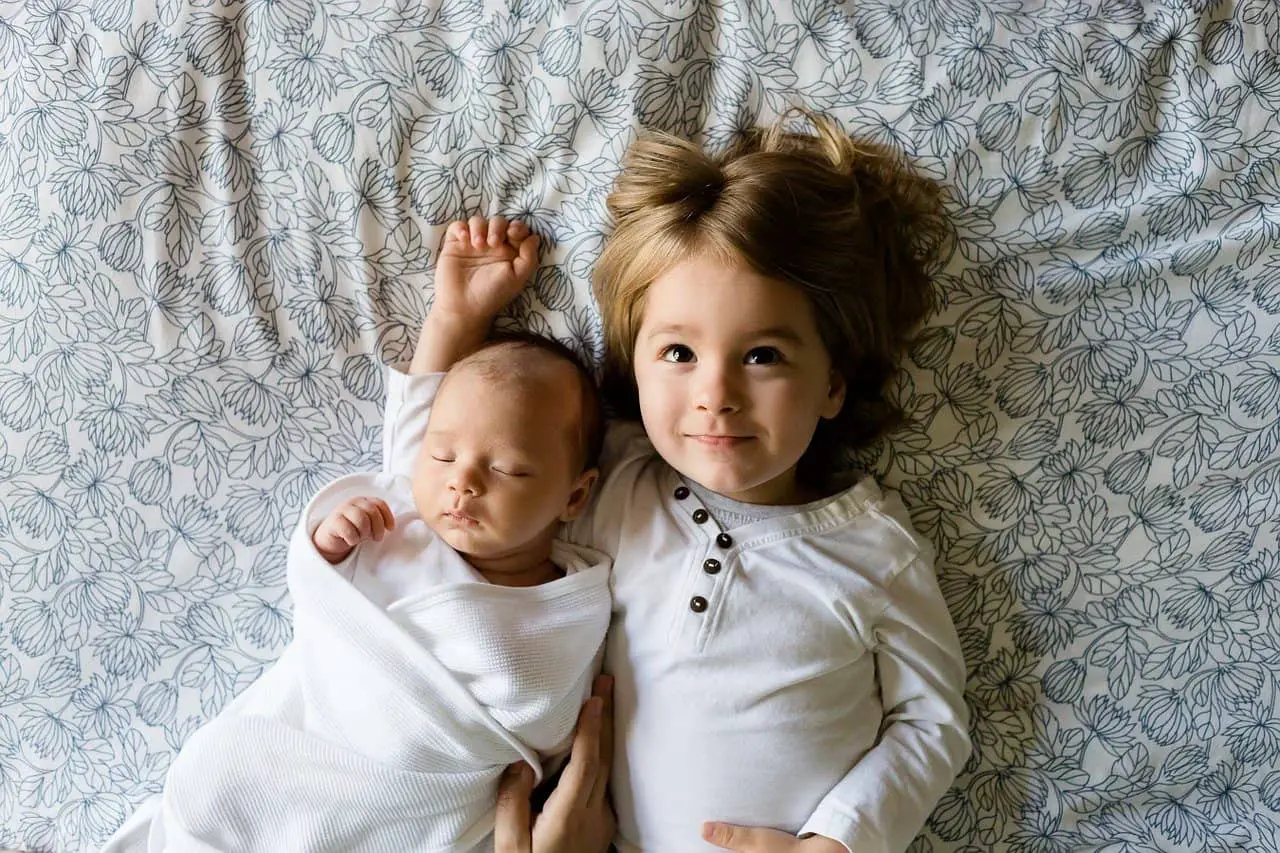12 Weeks Pregnant With Twins: Belly, Symptoms & Ultrasound Pictures
At 12 weeks pregnant with twins you’ll know soon whether your due date is confirmed or if it needs to be moved. It depends on the dating scan which many women have around this week of pregnancy.
Pregnancy diet, nutrition & prenatal vitamins
Many women need to take an iron supplement at this point in the pregnancy. Pregnant women need double the amount of iron compared with non-pregnant women. Your body uses iron to make hemoglobin, a protein in the red blood cells that carries oxygen to your tissues.
Your body needs this iron to make more blood to supply oxygen to your babies. You can get blood tests to screen for iron-deficiency. You can also try to prevent an iron-deficiency by eating iron-rich foods such as:
- Beans and lentils
- Baked potatoes
- Cashew nuts
- Dark green, leafy vegetables
You also need to think about whether or not you get enough protein. Protein-rich foods are important building blocks for you and your growing babies. This may especially be the case if you’re expecting monochorionic twins – twins that share a placenta.
Some research suggests that mothers with pregnancies complicated by Twin to Twin Transfusion Syndrome (TTTS) may have lower protein levels in their blood than other pregnant women. Please be aware that there’s still a lot of research to be done in the area. If you have questions regarding your pregnancy diet, speak to your doctor or consider visiting a dietitian.
Baby size & development
Your babies are around 5,5 cm (2.17 inches) from head to rump. Your twins are nearly fully developed. Now it’s all about gaining weight and maturing the last organs such as the lungs.
On your baby’s heads hair can start to come out. In many countries, you’ll be advised to have a dating scan, when you’re about 12 weeks pregnant with twins. This will usually take place when you’re between 11 and 13+6 weeks pregnant.
This will most likely be your first scan unless you’ve had help conceiving or experienced problems in early pregnancy. This could be problems such as pain, cramping or vaginal bleeding.
12 weeks pregnant with a twins ultrasound scan
At the same time as your 12 weeks dating scan, you can have combined screening for Down’s syndrome. Also, when you are expecting twins, you will most likely be offered a chorionicity scan.
This is to check whether your twins share a placenta or have one each. During the ultrasound scan, you’ll be able to watch your babies move around in the amniotic fluid. The sonographer will check their anatomy as well as their size.
Your due date needs to be confirmed, and the sonographer will examine whether or not your babies are developing and growing as expected. The sonographer checks that your twin’s hearts are beating and that they seem healthy.
If you haven’t had a previous scan and don’t know that you’re pregnant with twins, you will most likely find out at this scan.
What extra scans will I have?
When you’re having twins or multiples, the sonographer will do a chorionicity scan to check whether or not your twins share a placenta. This is because twins who share a placenta need to be monitored more closely.
They are at risk of developing Twin to Twin Transfusion Syndrome, Twin Anemia Polycythemia Sequence (TAPS) and Selective Intrauterine Growth Restriction (SIUGR). If your twins share a placenta, the sonographer will also look for whether they’re monochorionic-diamniotic (mo-di twins) or monochorionic-monoamniotic (mo-mo) twins.
Both types of twins share a placenta, but mo-di twins only share the outer membrane, whereas mo-mo twins share BOTH the outer and inner membrane. They account for about one percent of all identical twins. They require aggressive and regular monitoring due to the risk of cord entanglement and cord compression.
Regardless of the type of twins you’re carrying, you’ll be offered growth scans in your third trimester. You may have scans quite often due to the risk of complications.
Identical twins ultrasound pictures
Identical twins can share a placenta or have one each. About 2/3 of identical twins share a placenta. They are called monochorionic twins. The twins in the first two pictures are monochorionic-diamniotic (mo-di) twins.
This means that they share a placenta and the outer membrane. They have a separate inner membrane. Almost all monochorionic twins are mo-di twins.
About 1 percent of identical twins are monoamniotic-monochorionic (mo-mo twins). This means that they share everything – the placenta and the outer AND inner membrane. The twins in the last pictures are mo-mo twins.

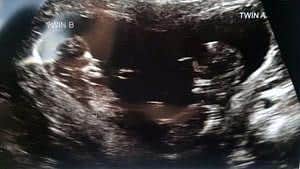
Identical mo-di twin girls at 11+3 weeks Identical mo-di twins at 11+4 weeks

Mo-mo twins at 12 weeks
Fraternal twins ultrasound pictures
Unlike identical twins, fraternal twins always have separate placentas. If you are told that your twins have separate placentas, there’s a high probability that they are fraternal.
This means that they stem from two different eggs, unlike identical twins who stem from one egg that has split into two. However, you’ll need a DNA test to be sure about what type of twins you’re having.
You may learn sooner if you choose to know the genders of your twins. If you have boy-girl twins, they are fraternal. Identical twins always have the same gender. Identical and fraternal twins with separate placentas are called dichorionic-diamniotic (di-di) twins.

Di-di twins at 11+4 weeks
Pregnancy symptoms & belly pictures
In a singleton pregnancy – if you haven’t been pregnant before – you may begin to feel something hard above your pelvic bone. This is the top of your uterus.
If you’re carrying twins or multiples – or if you’ve been pregnant before – your uterus will start growing and stretching sooner. This means that you should be able to feel your uterus by now.
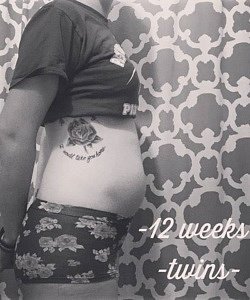
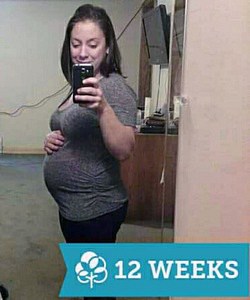
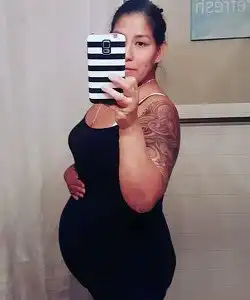
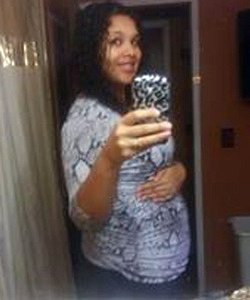

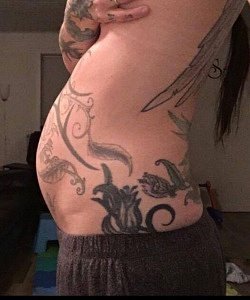
Previous week – 11 weeks pregnant with twins
Next week – 13 weeks pregnant with twins
